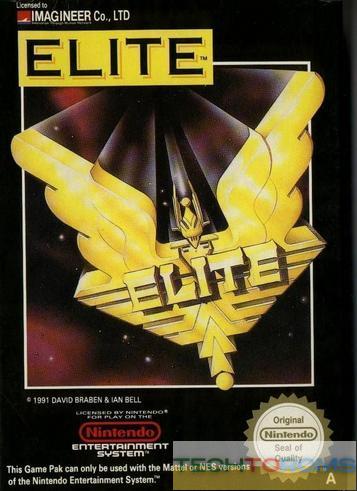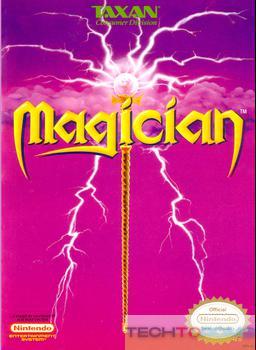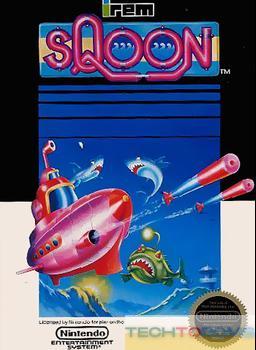
![72-in-1 [a1]](https://nyc3.digitaloceanspaces.com/techtoroms.com/2024/02/QONWDZTZ-image-2.jpg?v=1708567210)
72-in-1 [a1] Rom Download
February 22, 2024
US
971 kB
77
In the annals of gaming history, few entities have left as indelible a mark as the Nintendo Entertainment System (NES). At its peak of popularity, the NES rocked the world and revolutionized the very mechanics of the video game industry. And while the days of blowing into cartridges are long gone, the nostalgia for NES games remains, as potent as ever.
The development and distribution of ROMs—read-only memory images—have both preserved and jeopardized the legacy of classic NES games. Among the myriad of NES ROMs floating in the digital ether, the 72-in-1 NES ROM stands out, like a rare jewel. But just what is the 72-in-1 NES ROM, and what implications does it have for the present-day gaming community? Is it merely a collector’s dream, a crucial piece of gaming history, or is its presence more contentious than it appears on the surface? In this deep dive, we’ll unpack the story of this iconic ROM, exploring its origins, cultural significance, and the modern-day questions it raises about gaming, piracy, and copyright law.
Unveiling the 72-in-1 NES ROM: What Exactly Is It?
To the uninitiated, the 72-in-1 NES ROM might sound like a legendary artifact from the dawn of console gaming. And in many ways, it is. The 72-in-1 is a compilation of 72 classic NES games that were never officially released in this form by Nintendo. These games include iconic titles like “Super Mario Bros.,” “Donkey Kong,” “Mega Man,” “Tetris,” “Galaga,” “Ninja Gaiden,” and many more. It’s like an entire generation of gaming encapsulated in a single file.
Gamers and collectors alike are drawn to the 72-in-1 ROM for its convenience and historical value. Instead of hunting down and swapping out individual game cartridges, the 72-in-1 offers a streamlined experience, effortlessly transporting players across the vast landscape of NES game lore. This ROM effectively serves as a time capsule, preserving games that might otherwise be lost to history or deteriorating hardware.
A Walk Down Memory Lane: The Cultural Significance of NES Games
The 72-in-1 ROM is so much more than a bunch of 8-bit games. It’s a portal to the past, an immersive experience that allows modern gamers to step into the shoes of their ’80s heroes. For many, the NES era represents the golden age of gaming, a formative period that shaped not just their leisurely pursuits, but also their entire cultural diet. The characters and universes that sprang to life on the NES screen have become cultural touchstones, spawning cartoons, movies, and merchandise that continue to captivate new generations.
But perhaps the most poignant aspect of NES games is the role they play in the fabric of personal memories. Each twist of the joystick and button press recalls a simpler time, a time of shared experiences with friends and family. The NES was, for many, the first gateway into the overwhelmingly rich world of gaming, and with it came friendships, rivalries, and cherished moments that linger in the mind like the music from “The Legend of Zelda.”
The ROM Hunter Ethos: Nostalgia or Nuisance?
The collector’s pursuit of rare ROMs like the 72-in-1 raises significant ethical and legal questions. On one hand, ROMs provide a unique avenue to preserve and experience gaming history. Many of the games within the 72-in-1 compilation, for instance, may be exceedingly rare or inaccessibly expensive on the collectors’ market. The ROM, in this case, can be seen as a democratizing force, giving all fans the chance to partake in gaming artifacts that might otherwise be out of reach.
On the other hand, the distribution and use of ROMs have long been a thorn in the side of game developers and publishers. The issue of ‘retro piracy’ is complex, and while enthusiasts may argue that they’re only preserving and enjoying a piece of history, the unauthorized copying of games remains a violation of intellectual property rights. It’s a nuanced debate that encompasses questions of ownership, consumer rights, and the monopolization of content.
The Legal Shadow Cast Over ROMs
The legality of ROMs exists in a gray area. While the sale and distribution of ROMs are almost universally considered illegal, the use of ROMs can be a bit more contentious. In some cases, the rightsholders of older games may not exist or may have little interest in pursuing legal action against those who use ROMs for personal, non-commercial purposes. However, the legal landscape is shifting, with cases such as Nintendo of America, Inc. v. LoveROMs and LoveRETRO shaking up what has been the status quo for retro gaming enthusiasts.
The 72-in-1 ROM, as a compilation of copyrighted games, falls squarely within the realm of contested legality. It’s not an official release, which means that no developer or publisher has authorized its distribution. The question becomes: does the historical value and collective nostalgia it offers outweigh the rights of the copyright holders?
The Controversy of Classic Game Preservation
The case for ROMs as a preservation tool is a compelling one. Many classic games are no longer commercially available and may even be considered ‘abandonware,’ a term for software that its original copyright holder has either ceased to support or no longer exists. In such cases, ROMs can be seen as a crucial mechanism for preserving a piece of cultural history in a playable form.
However, the situation becomes murkier when considering how ROMs are often used. Indeed, many who download and play ROMs may not have preservation in mind, but rather convenience or nostalgia. This raises questions about the intent behind ROM use and whether it truly serves a preservationist purpose.
The Modern Gamer’s Dilemma: To ROM or Not to ROM?
For contemporary gamers, the choice to use ROMs is as personal as it is complex. On one hand, there’s an understandable desire to revisit and experience the games of yesteryear, and ROMs offer a way to do so without the clutter and technical limitations of antiquated hardware. On the other hand, the question remains: at what point does the pursuit of nostalgic gameplay cross into piracy?
For purists and collectors, the case for ROMs may be stronger, as they often serve as a means to continue enjoying and studying the history of video games. But for casual players who simply want to relive the glory days, the use of ROMs may carry a more dubious ethical weight.
Conclusion: The Legacy of the 72-in-1 NES ROM
The 72-in-1 NES ROM represents the duality of the ROM landscape. It embodies the preservation of gaming history while highlighting the complex discussions around copyright and intellectual property. As the gaming community continues to evolve, so too does the way we engage with the past. ROMs, and the 72-in-1 in particular, will likely remain a hot-button issue, revered by some as a vital part of gaming heritage and reviled by others as a form of piracy.
One thing is clear: the legacy of the 72-in-1 ROM, whether viewed as a collector’s treasure trove or a problematic artifact, is entwined with our broader societal conversation about the value of digital preservation and the rights of content creators. It serves as a reminder that, in the world of gaming and beyond, the past is never truly behind us—its pixels continue to illuminate the path forward.
SEE MORE INTERESTING GAMES


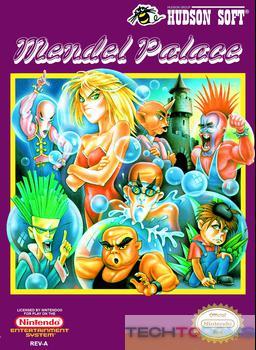

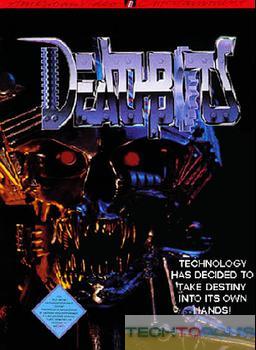



![Dragon Ball Z 2 – Gekishin Freeza!! [hFFE]](https://nyc3.digitaloceanspaces.com/techtoroms.com/2024/04/image.png?v=1713839658)
